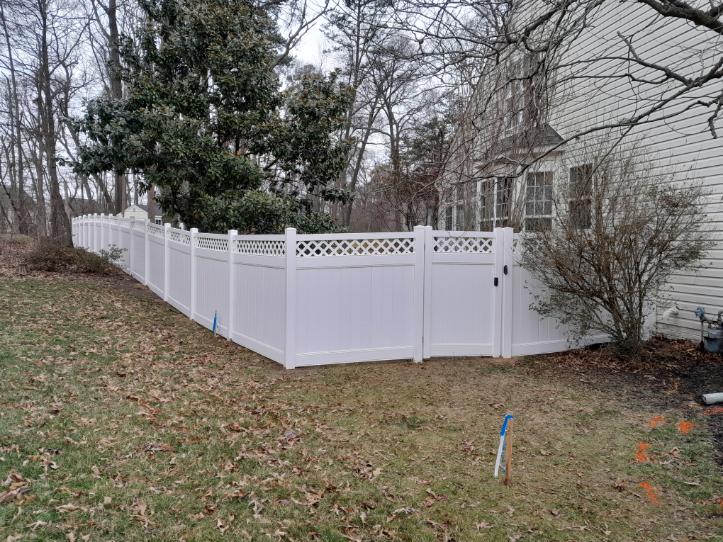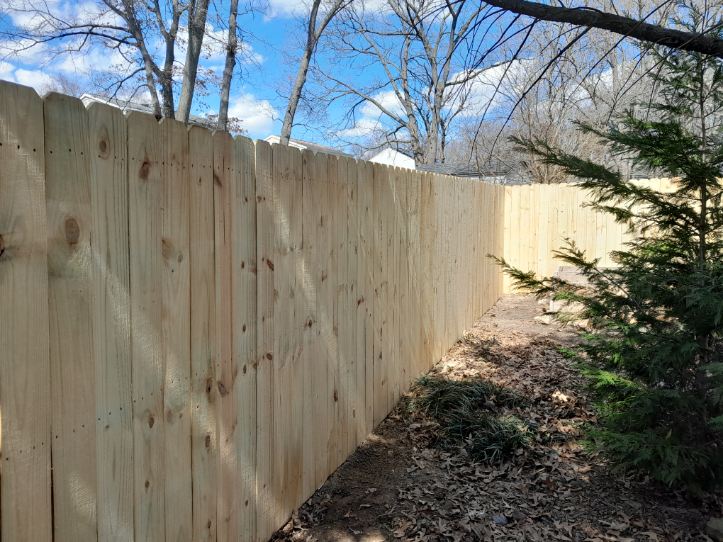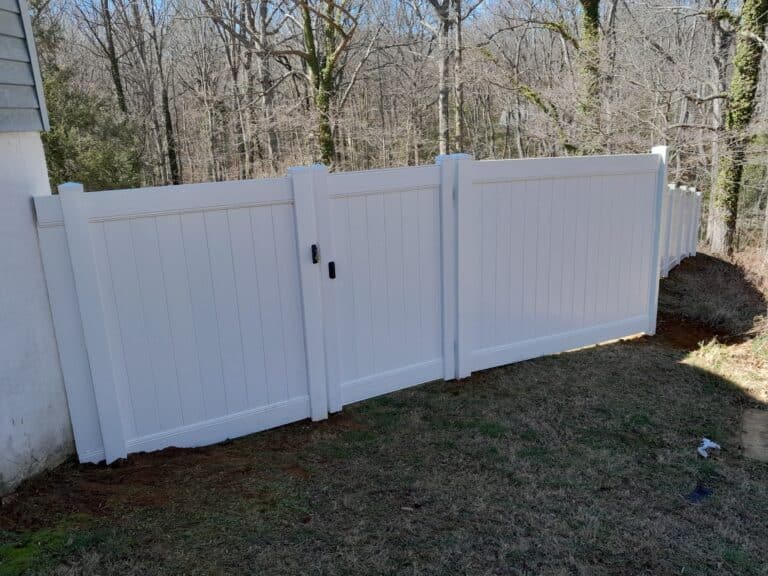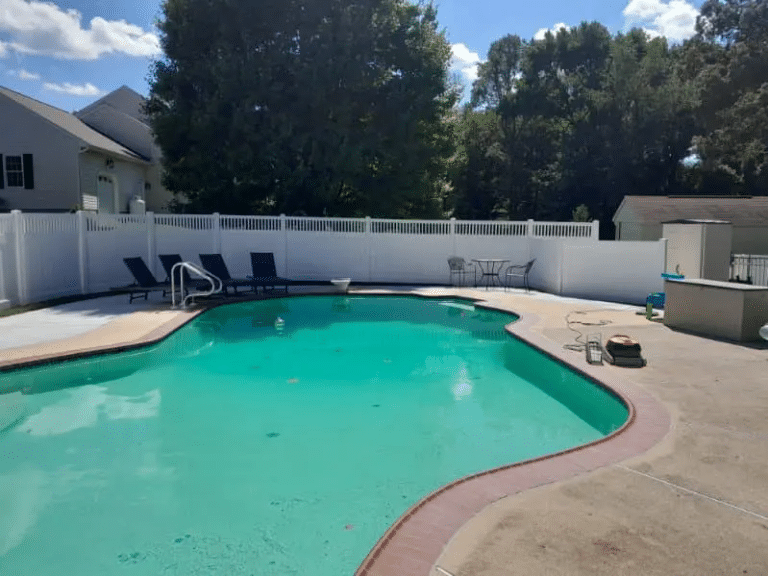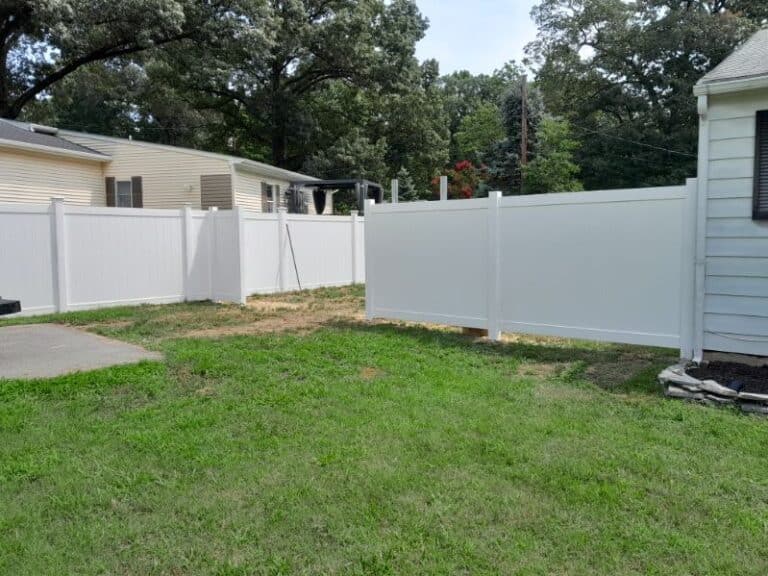Many homeowners discover too late that a new fence can act like a small dam, pushing stormwater toward foundations and neighboring yards during heavy rains. If left unchecked, this can lead to heavier problems, like soil erosion, flooding, or even costly damage. That’s why we can’t emphasize enough that Ferndale homeowners need fence designs compliant with drainage and safety codes.
Important: There are no primary, authoritative Ferndale municipal code sections that regulate fence clearance above swales, stormwater, or flooding; compliance relies on Anne Arundel County’s stormwater requirements and Maryland’s statewide stormwater program to prevent localized flooding and property damage.
Why drainage and fences collide in Ferndale
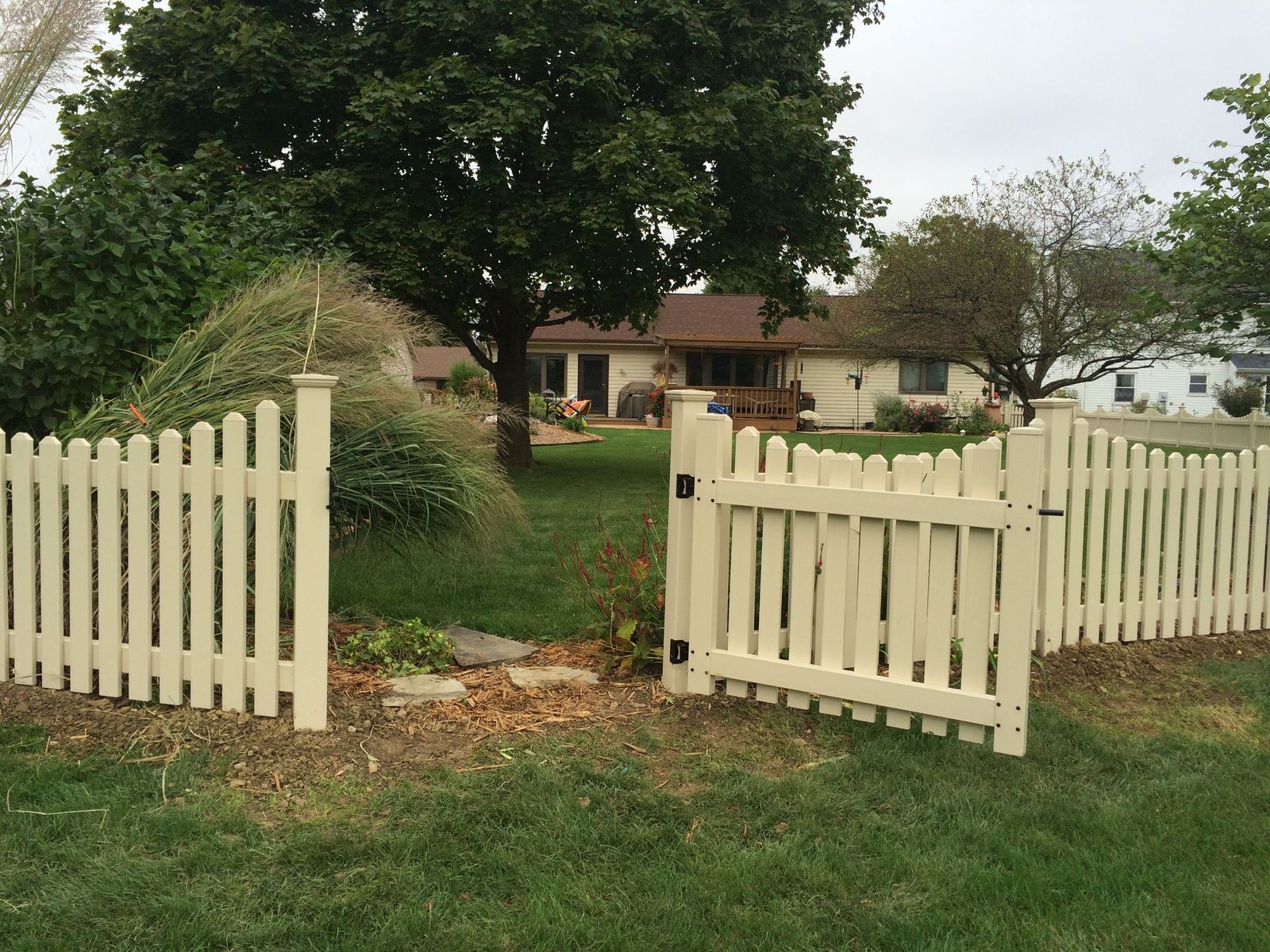
A fence that hugs the ground or crosses a swale without clearance can block sheet flow, causing ponding, erosion, and mosquito breeding—problems county stormwater programs work to prevent by preserving pre‑development runoff patterns and reducing flooding risk on and off-site. Homeowners considering adding backyard privacy fencing in Ferndale should plan a consistent bottom gap and stepped panels where a fence crosses a swale so stormwater passes freely, in line with county flood‑reduction objectives and Maryland’s performance‑based approach to small site changes. The aesthetics of perimeter fencing matter, but function comes first.
Which laws actually govern Ferndale fence projects
- No local ordinance on fence drainage: Ferndale sets no fence‑specific swale or clearance standard; follows Anne Arundel County stormwater rules (Chapter VI) and Maryland’s Stormwater Design Manual when placing fences near swales, easements, or low points to maintain conveyance and avoid nuisance flooding.
- Anne Arundel County framework: County stormwater rules require designs and site practices that maintain pre‑development hydrology, minimize channel erosion, and reduce flooding; residential work is expected to avoid altering drainage in ways that impact adjacent properties or public systems in unincorporated communities like Ferndale.
- Maryland state program: The Maryland Department of the Environment (MDE) Stormwater Design Manual provides statewide technical requirements for managing runoff quantity and quality; local manuals and enforcement derive from this framework and aim to prevent nuisance flooding and preserve conveyance paths on private property.
Practical clearances that prevent problems
While Ferndale sets no explicit dimensions, regional government guidance instructs homeowners to keep fence bottoms off the ground and to raise fences where they cross swales so normal storm flows are not blocked; a nearby county’s homeowner flyer shows at least 6 inches above the height limit in swales and 1 inch above ground elsewhere to avoid obstructing sheet flow, which aligns with Maryland’s performance‑based stormwater approach. These dimensions come from nearby county homeowner guidance and are best‑practice—not Ferndale code—consistent with Maryland’s performance framework.
How to install a fence without causing flooding
- Map drainage features first: When planning a home improvement like fence installation, use the property survey to locate drainage easements, swales, and discharge routes; county stormwater guidance expects projects to preserve conveyance and avoid redirecting or concentrating flow onto neighboring parcels or public rights‑of‑way. After a rain, walk the yard near Sawmill Creek to see how shallow grades carry water across turf, so the line can be adjusted to maintain flow paths that the county program seeks to protect. Temporary fencing during construction should also preserve flow.
- Keep flow paths open: Maintain a ground gap and step panels where a fence crosses a swale so stormwater can pass; these measures support the county’s flood‑reduction goals and the state program’s emphasis on preventing obstructions to overland flow, and they should be part of professional fence installation on residential lots. Local fence companies with experience in county requirements understand these needs.
- Respect easements and rights‑of‑way: Do not build fences in county rights‑of‑way or obstruct recorded drainage easements; Anne Arundel County’s standards and right‑of‑way rules restrict private fencing in the ROW and require maintaining drainage facilities for access and function, so local fence installers and fence contractors typically verify easements before setting lines.
- Materials and maintenance notes for Ferndale fences: Solid steel and metal panels behave like barriers if set tight to grade, whereas wrought iron pickets still need an under‑panel gap to pass sheet flow; wood and pine boards can swell after storms, so maintaining an extra initial gap helps preserve long‑term clearance that the county’s flood‑reduction goals depend on. Select from an inventory of materials that support proper clearance.
- Context near roads: Along Baltimore Annapolis Blvd, shallow yard swales often connect to roadway drainage; preserving conveyance beneath the fence helps avoid shifting stormwater onto adjacent parcels, which aligns with county stormwater expectations.
Local conditions that matter in Ferndale
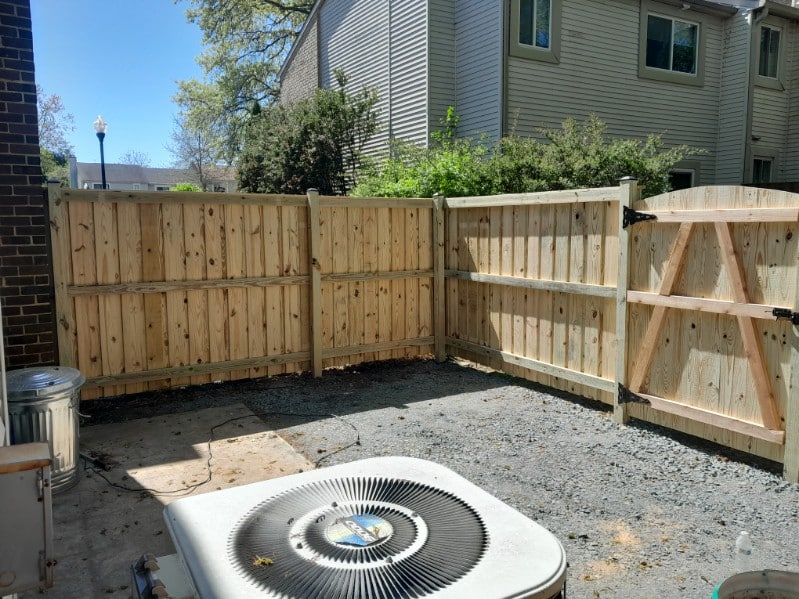
Clayey soils are common around North Glen Park slow infiltration and prolonged sheet flow, increasing the importance of keeping the bottom of the fence off the ground to maintain the pre‑development discharge behavior targeted by county stormwater policy. On Wellham Ave, private yard flow and street drainage can interact during summer downpours, so the fence line, gate clearances, landscape features, and deck placement should be planned together to avoid new obstructions and preserve conveyance under typical storms.
Commercial considerations
Near B&A Blvd & 1st Ave Bus stop, commercial fence installations may require different standards, but residential fence contractors working nearby should still maintain proper clearances where homes adjoin commercial properties to avoid drainage conflicts.
Frequently asked questions
Does Ferndale regulate fence clearance above swales?
No. Ferndale has no specific ordinance; follow Anne Arundel County stormwater requirements and Maryland's Stormwater Design Manual principles to keep flows unobstructed and prevent localized flooding.
Do I need a 6‑foot backyard fence permit in Ferndale?
Residential fences typically don't require a building permit, but stormwater rules still apply: do not obstruct drainage easements, rights‑of‑way, or surface conveyance paths when placing fence lines and bottom gaps.
Who is the best fence company near me for drainage‑smart work?
Look for fence companies in Ferndale or local fencing companies with a proven reputation in drainage‑compliant installations, strong customer service, and documented experience with county stormwater objectives that ensure customer satisfaction.
Should I consult a general contractor about my fence project?
For complex sites involving multiple utilities, grading, or access control systems, a general contractor with experience in drainage coordination can help integrate fencing with other site improvements while maintaining stormwater compliance.
Does warranty coverage include drainage compliance?
Check that any warranty addresses workmanship and materials, but understand that warranty terms typically don't cover compliance violations; choose contractors with pride in following local regulations to avoid post‑installation issues.
Which picket fence styles are best for drainage?
A well‑designed picket fence with proper bottom clearance can provide both aesthetics and drainage performance; fencing contractors and residential fence companies often recommend elevated picket designs for swale crossings.
Protect your Ferndale property with a compliant installation.
All Around Fence plans and installs privacy and security fences that maintain overland flow paths, consistent with Anne Arundel County stormwater objectives and Maryland’s design manual—reducing ponding and preventing neighbor disputes in Ferndale neighborhoods. Our team includes fence builders with experience in drainage‑smart placement and materials that align with county and state expectations. Contact All Around Fence for an installation plan that respects conveyance from layout through final inspection, backed by excellent customer service and customer satisfaction.

